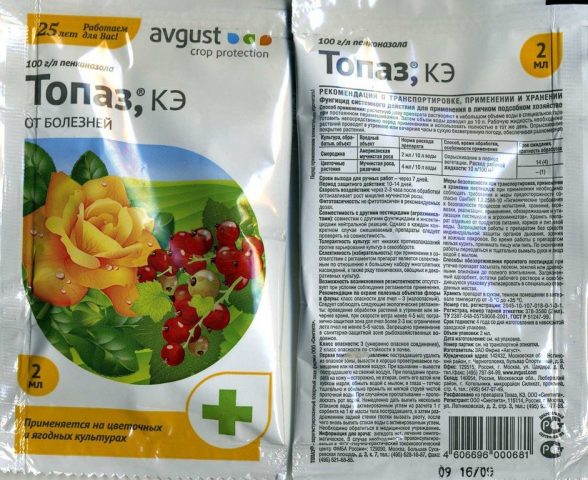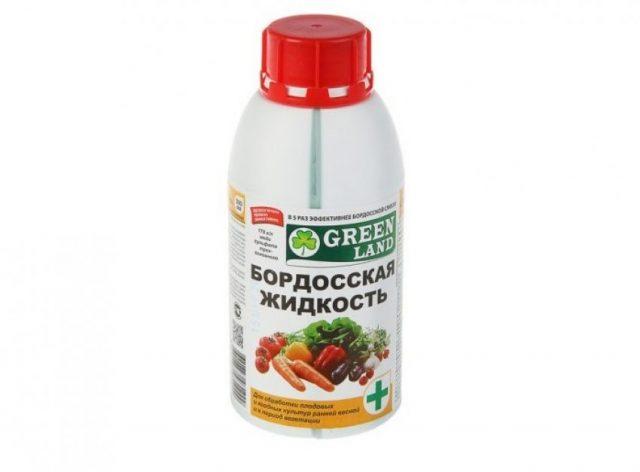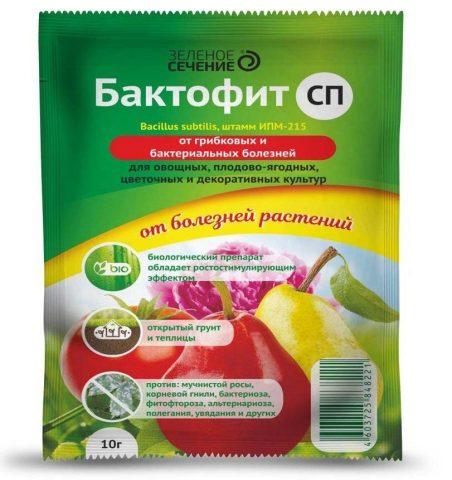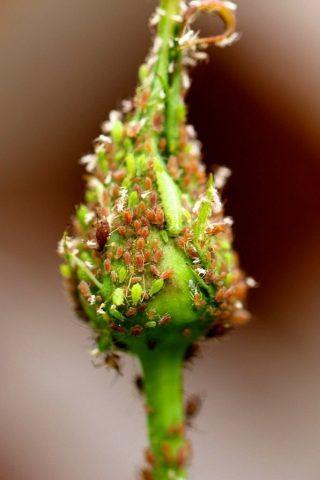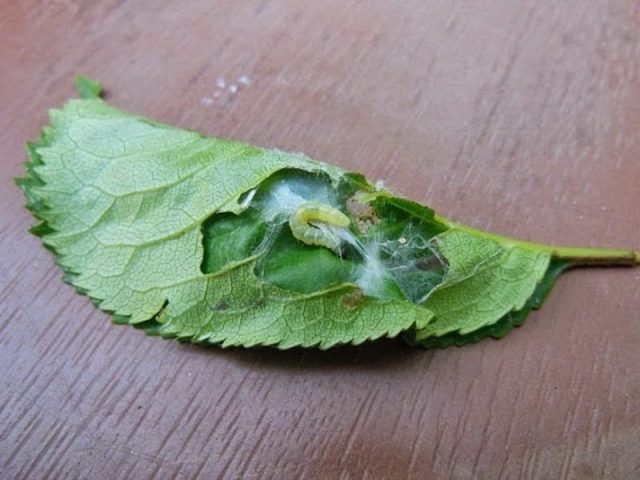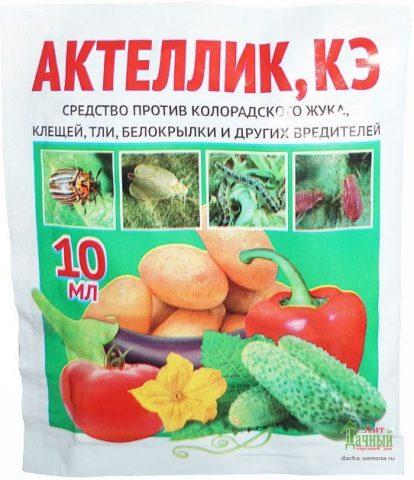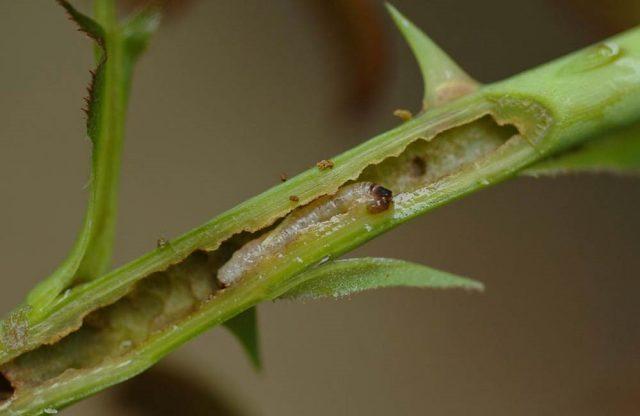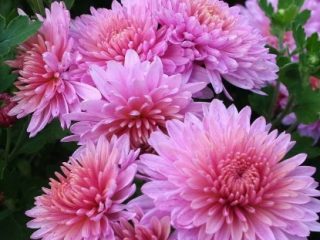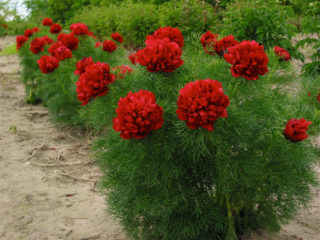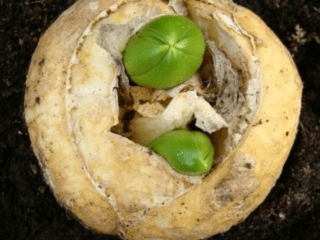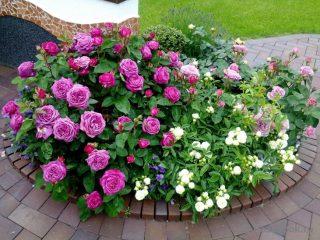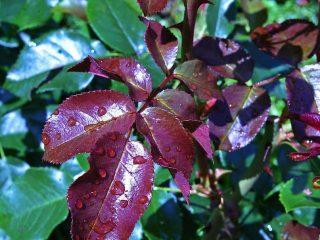Content
Rose leaves sometimes curl for absolutely unknown reasons. The gardener provides proper care, feeds, and the plant gets sick. To choose treatment tactics, you need to find the source of the problem. Often this is not only a violation of the rules of agricultural technology, but also the activity of pests.
Why do rose leaves curl?
Normally, the sheet plate should be elastic, uniform in color, without stains or rust. Impaired shoot growth can be caused by one or several reasons. The conclusion can be made after a thorough examination of the bush.
Lack or excess of moisture
If you compare roses with other flowers, the shrub prefers relative coolness. Specific temperature indicators depend on the variety. When there is a sudden change in climate, the leaves of the rose curl inward: the plant shows that it is uncomfortable. Gardeners who rarely water a flower or grow it in a place where drafts are not uncommon face the same problems.
Lack of light
The crop grows very poorly or dies in a heavily shaded place.The flower also reacts negatively to excess sunlight: in the midday heat, the rose's leaves turn yellow and curl. They may show spots and signs of infection. In severe cases, the plant dies.
Viral diseases
It is not difficult to notice signs of damage: the rose leaves curl up, gradually wither and then fall off. Signs of the disease gradually spread throughout the bush.
One of the most common diseases is powdery mildew. You can suspect its appearance by a white or grayish coating on the shoots. It gradually changes to red-purple spots. Gradually, the leaves become covered with ulcers, curl and dry out, and then fall off.
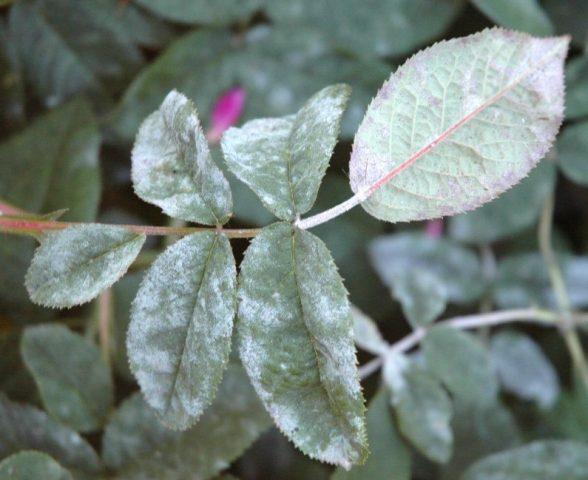
As powdery mildew progresses, the rose bush dies without treatment.
Another common crop disease is rust. Almost every gardener encounters it. It can be identified by orange powder specks. They can be located both on shoots that curl and on buds.
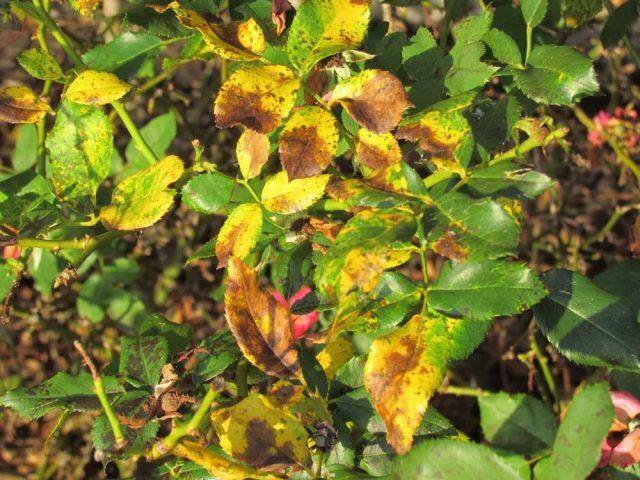
Without treatment, rust quickly spreads not only throughout the entire shrub, but also among nearby plants.
The leaves of indoor roses also curl when gray rot develops. You can suspect it by the brown spots on the buds, which gradually merge with each other. But if the leaves begin to dry out and curl, then the disease has deeply affected the bush: such a plant may not survive.
Pests
Thrips and spider mites are partial to roses. They prefer to settle on the inside of sheets. Pests feed on plant sap, which leads to curling of the shoots.
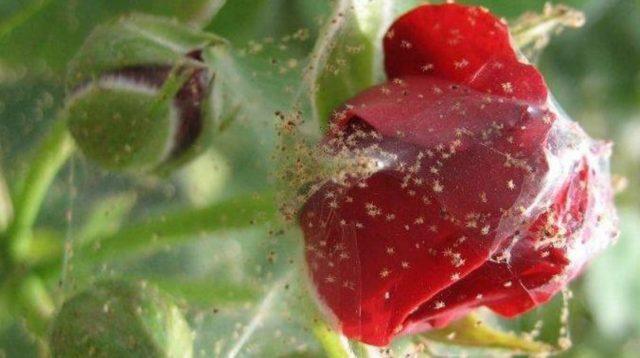
The spider mite is very small: upon closer examination it looks like a moving grain of sand: the size of an individual is 0.3-0.4 mm
As a result of the activity of thrips, not only the leaves, which curl, but also the buds suffer. Flowers become deformed and fall off prematurely.
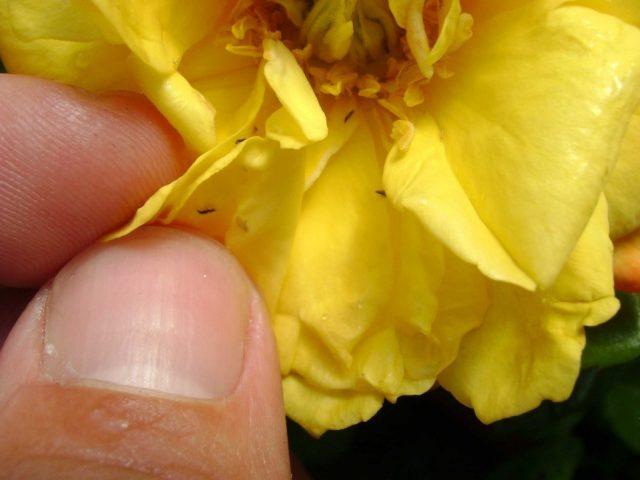
A sign of thrips is the presence of colorless or yellow spots on the buds and leaves
Lack of minerals
With potassium deficiency, the root system of domestic roses weakens and the leaves begin to curl. But not only the appearance of the plate changes, but also its color: most often the green color changes to purple.
What to do if the leaves of a rose are curled
If this phenomenon arose due to the fault of a gardener who violated the rules of agricultural technology, then the main reasons should be dealt with.
- Low humidity level: this indicator is especially important when growing domestic roses. When the air is overdried, the leaves wither and curl, gradually turning yellow. A spray bottle will help correct the situation; it is enough to regularly spray the bush with clean water. If you don’t have time, there is an alternative: place plates filled with liquid next to the pots.
- Too high an air temperature negatively affects the growth and development of shrubs. At home, a plant whose shoots are curling can be saved by changing its location. It is enough to take the pot into a room where the windows face north. In outdoor conditions, it is difficult to change the air temperature, but you can shade the bush by building an awning over it. But it is best to immediately choose the planting site for the rose correctly.
- Violation of the watering regime: the soil in the flowerbed should not dry out: the leaves of the rose will immediately begin to curl outward. Maybe a bush will completely shed its greenery so that it has enough strength to survive.But lack of moisture is no worse than excessive watering, so you need to find the optimal solution. Carry out the procedure in the morning or evening, build a drip system, and monitor the condition of the soil.
- A factor independent of the gardener is changes in air temperature: the rose is a capricious flower, it loves both the sun and coolness, but does not tolerate sudden climate changes. And leaf curling is one of the signs of climate disruption. This feature imposes obligations on gardeners: to ventilate the room with the home rose carefully, avoiding drafts.
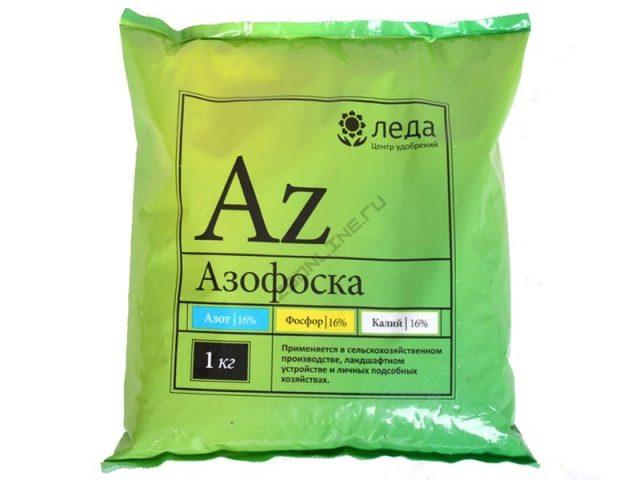
Nitrogen and potassium fertilizers should be applied to the soil in the first half of summer according to the instructions specified by the fertilizer manufacturer
In most cases, leaf curling can be avoided if you do not violate the rules of agricultural technology and promptly treat the bush from pests and diseases. All fallen leaves must be collected and destroyed. Weeds and pruned shoots must also be removed.
Disease and pest control
Diseases can affect both outdoor and indoor roses. Before starting treatment, you need to know what diseases can lead to leaf curling:
- Powdery mildew is practically “omnivorous”: it successfully destroys almost any plant in the garden. It can be identified by a white coating that gradually thickens and fungal spores become visible. The diseased parts of the bush cannot be saved; they must be destroyed. The remaining shoots and curled leaves need to be processed.
The best way to treat powdery mildew on a rose with curled leaves is to control soil moisture and treat the bush with fungicides
- When rust occurs, the general immunity of the shrub decreases, and the plant dies not from the disease, but from accompanying factors: bad weather, pests.
Anti-rust on roses with curled leaves - Bordeaux mixture 3%
- Black spotting is characterized by first purple and then brownish-dark spots. Gradually they increase in size and spread throughout the plant. You can save a rose with curled leaves if you cut off all the damaged shoots.
A flower with twisted shoots should be sprayed against black spot with Baktofit.
Viral diseases are very difficult to fight: they spread quickly and are difficult to destroy. Most often, the only solution is to remove the flower from the garden.
If pests are detected, mechanical collection of insects is allowed. Inspection of nearby planted crops is mandatory.
Main pests and methods of their destruction:
- The rose aphid is afraid of onion infusion. To obtain it, you need to mix 300 g of vegetable pulp with 9-10 liters of water and leave for 2-3 hours. Spray the bushes whose shoots are curling with the prepared solution. It is also possible to use a natural method: it is enough to attract ladybugs to your site. These bugs feed on aphids.
Rose aphids often hide in buds and curled leaves, so when spraying a crop it is important to pay attention to each shoot
- The leaf roller is best collected by hand. The caterpillars must be destroyed, the rose bush, whose leaves are curling, must be sprayed with a 0.2% solution of karbofos.
Shoots damaged by the leaf roller must be cut and burned
- Spider mites are very dangerous: they successfully hide on curled leaves and envelop the surface with cobwebs. If nothing is done, the pest will safely eat not only the rose, but also nearby crops.
Remedies such as Actellik or Fitoverm are effective against spider mites.
- The sawfly lays eggs, the larvae of which destroy the rose. The leaves curl due to disruption of the crop's nutritional processes. The most effective way of control is to destroy the masonry mechanically. Among the preparations you can use insecticides.
The sawfly's jaws are so strong that the pest is able to gnaw through the stem of a bush
Conclusion
Rose leaves curl for many reasons. All of them can be divided into two groups: violation of the rules of agricultural technology and the activity of pests and diseases. If there are no external signs of damage, except for leaf curling, then it is enough to reconsider the rules of care. Pests and diseases must be controlled after identifying a specific species.
